
 Nomad Press
Nomad Press
A division of Nomad Communications
10 9 8 7 6 5 4 3 2 1
Copyright 2014 by Nomad Press. All rights reserved.
No part of this book may be reproduced in any form without permission in writing from the publisher, except by a reviewer who may quote brief passages in a review or for limited educational use. The trademark Nomad Press and the Nomad Press logo are trademarks of Nomad Communications, Inc. ISBN Softcover: 978-1-61930-259-4 ISBN Hardcover: 978-1-61930-285-3 Illustrations by Bryan Stone Educational Consultant, Marla Conn Questions regarding the ordering of this book should be addressed to
Nomad Press
2456 Christian St.
White River Junction, VT 05001
www.nomadpress.net CONTENTS INTERESTED IN PRIMARY SOURCES?
 | Look for this icon . Use a smartphone or tablet app to scan the QR code and explore more about money! If you dont have a QR code scanning device, there is a list of each url in the Resources on . |


What is money ? Money is those special circles of metal, called coins , that jingle in your pocket. Money is also those colorful slips of paper, called bills , that you carefully fold and keep safe in your wallet.
If you have enough of these coins or bills, you can buy something you want, such as a pack of gum, a T-shirt, or a toy. You can also use money to pay for a ride on the bus or a ticket to the zoo. Where did these coins and bills come from? Why can you use money to buy the things you want, but you cant use a marble or a picture you drew? WORDS KNOW! money: something used to pay for things, including paying people for their work. coin: a flat piece of metal stamped with its value as money. bill: a piece of paper money. barter: to make an even trade of things that are not alike. trade: to exchange one thing for something else. trade: to exchange one thing for something else.
You might wonder how these coins and bills are made and who decides what coins and bills are worth. Can anything else be considered money?  BARTERING
BARTERING  Before money was invented, people didnt buy things. Instead, they bartered . Bartering is a type of trading. The simplest type of trade is a swap: Ill give you my green lollipop for your red one.
Before money was invented, people didnt buy things. Instead, they bartered . Bartering is a type of trading. The simplest type of trade is a swap: Ill give you my green lollipop for your red one.  But sometimes people trade things that arent mostly alike.
But sometimes people trade things that arent mostly alike.  But sometimes people trade things that arent mostly alike.
But sometimes people trade things that arent mostly alike.
Think about the candy you get on Halloween. Would you swap one piece of gum for one candy bar? NOW THATS BARTERING! On July 14, 2005, Kyle MacDonald asked people online what they would trade for one red paper clip. The first response he got was an offer for a fish-shaped pen. He went back online and asked what people were willing to trade for the fish-shaped pen. Through the next year, crossing back and forth across North America, he traded up for items such as a camping stove, a snowmobile, and a recording contract. On July 5, 2006, he made his 14th trade for a house in Canada! And it all started with a paper clip! When trading things that arent alike, you start bartering.
Ill give you a piece of gum plus a lollipop for your candy bar. Bartering can be simple, as long as there are only a few partners and they are trading small things. A long time ago, people didnt have money or stores. All they had was what they could find, grow, or make themselves. So they bartered their work and their goods . service: work done by one person for another person. exchange: to trade one thing for another. medium of exchange: one item used in all trades. value: the price or cost of something, what it is worth. value: the price or cost of something, what it is worth.
A carpenter might offer a service , such as fixing a door, in exchange for a blanket. A farmer might barter three chickens for a clay pot. Trading could get complicated. After all, how many carrots would you have to barter for a cow? 
 THE FIRST MONEY
THE FIRST MONEY  Why dont we still barter for everything? Because it can be hard to find people who have what you want and who want what you have. After many hundreds of years of bartering, people began to use other items as their medium of exchange. standard of value: an agreement on how much something is worth in a countrys medium of exchange. dissolve: to mix with a liquid and become part of the liquid. dissolve: to mix with a liquid and become part of the liquid.
Why dont we still barter for everything? Because it can be hard to find people who have what you want and who want what you have. After many hundreds of years of bartering, people began to use other items as their medium of exchange. standard of value: an agreement on how much something is worth in a countrys medium of exchange. dissolve: to mix with a liquid and become part of the liquid. dissolve: to mix with a liquid and become part of the liquid.
In ancient Rome, people used blocks of salt as a medium of exchange. Everyone needed salt to preserve and flavor food. Salt blocks could be broken into pieces of different sizes. It could be easily carried around. People agreed that a certain size block of salt was worth a certain size or number of other things. It had a standard of value .
A small block could be traded for a piece of meat. A larger block could be traded for new sandals. The cook and the sandal maker could save up their salt blocks and trade them for cows or tools. Salt was used like money. But it wasnt perfect either. A handful of salt might not be heavy, but large blocks of salt are very heavy and take up a lot of space.
What happens if salt gets wet? It dissolves! And when you use salt on your food, you have less left to trade. 
 How did Jack know how many beans to trade for his cow? He used a cowculator ! People kept experimenting with different items as money. The Sumerians were a group of people who lived more than 5,000 years ago. Today this area is part of Iraq. The Sumerians traveled a lot and they didnt always have the shells, feathers, or tea leaves that were used in other regions for bartering. They started using small bars of silver.
How did Jack know how many beans to trade for his cow? He used a cowculator ! People kept experimenting with different items as money. The Sumerians were a group of people who lived more than 5,000 years ago. Today this area is part of Iraq. The Sumerians traveled a lot and they didnt always have the shells, feathers, or tea leaves that were used in other regions for bartering. They started using small bars of silver.
It was the first metal money.  People everywhere liked silver. It didnt dissolve in water, it could be saved to use later, and nobody sprinkled silver on their food! Other countries copied the idea of using metal as money. But the metal bars werent perfect because they were heavy, yet easy to steal. It was still difficult to make exact trades. MEDIUM OF EXCHANGE All around the world, people have used many different items as their mediums of exchange.
People everywhere liked silver. It didnt dissolve in water, it could be saved to use later, and nobody sprinkled silver on their food! Other countries copied the idea of using metal as money. But the metal bars werent perfect because they were heavy, yet easy to steal. It was still difficult to make exact trades. MEDIUM OF EXCHANGE All around the world, people have used many different items as their mediums of exchange.
Next page

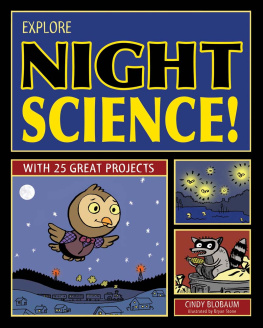
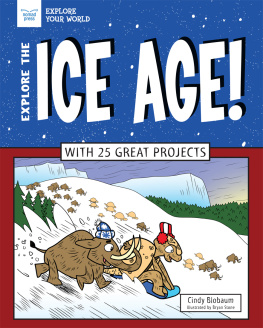
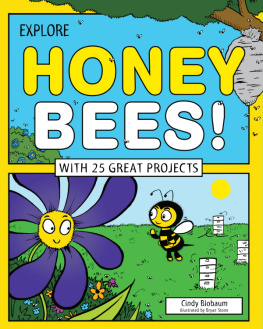
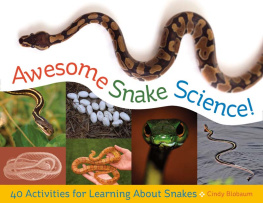
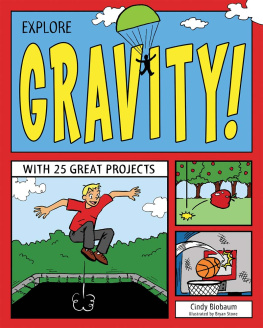



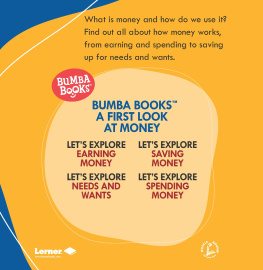

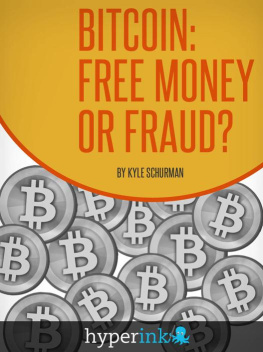
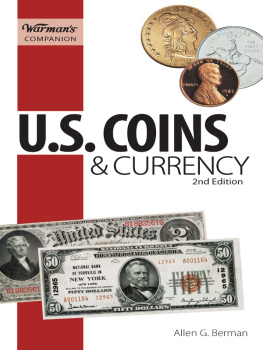
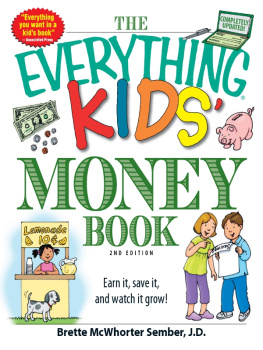
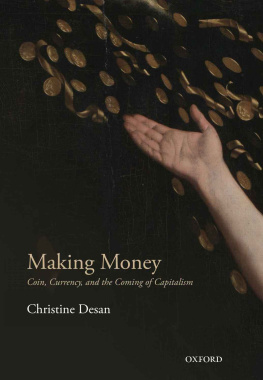
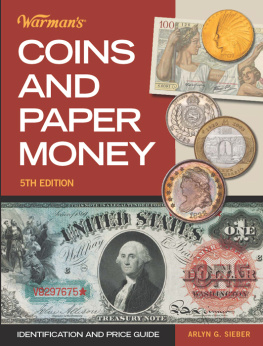

 Nomad Press
Nomad Press

 What is money ? Money is those special circles of metal, called coins , that jingle in your pocket. Money is also those colorful slips of paper, called bills , that you carefully fold and keep safe in your wallet.
What is money ? Money is those special circles of metal, called coins , that jingle in your pocket. Money is also those colorful slips of paper, called bills , that you carefully fold and keep safe in your wallet.  BARTERING
BARTERING  But sometimes people trade things that arent mostly alike.
But sometimes people trade things that arent mostly alike. 

 How did Jack know how many beans to trade for his cow? He used a cowculator ! People kept experimenting with different items as money. The Sumerians were a group of people who lived more than 5,000 years ago. Today this area is part of Iraq. The Sumerians traveled a lot and they didnt always have the shells, feathers, or tea leaves that were used in other regions for bartering. They started using small bars of silver.
How did Jack know how many beans to trade for his cow? He used a cowculator ! People kept experimenting with different items as money. The Sumerians were a group of people who lived more than 5,000 years ago. Today this area is part of Iraq. The Sumerians traveled a lot and they didnt always have the shells, feathers, or tea leaves that were used in other regions for bartering. They started using small bars of silver. People everywhere liked silver. It didnt dissolve in water, it could be saved to use later, and nobody sprinkled silver on their food! Other countries copied the idea of using metal as money. But the metal bars werent perfect because they were heavy, yet easy to steal. It was still difficult to make exact trades. MEDIUM OF EXCHANGE All around the world, people have used many different items as their mediums of exchange.
People everywhere liked silver. It didnt dissolve in water, it could be saved to use later, and nobody sprinkled silver on their food! Other countries copied the idea of using metal as money. But the metal bars werent perfect because they were heavy, yet easy to steal. It was still difficult to make exact trades. MEDIUM OF EXCHANGE All around the world, people have used many different items as their mediums of exchange.